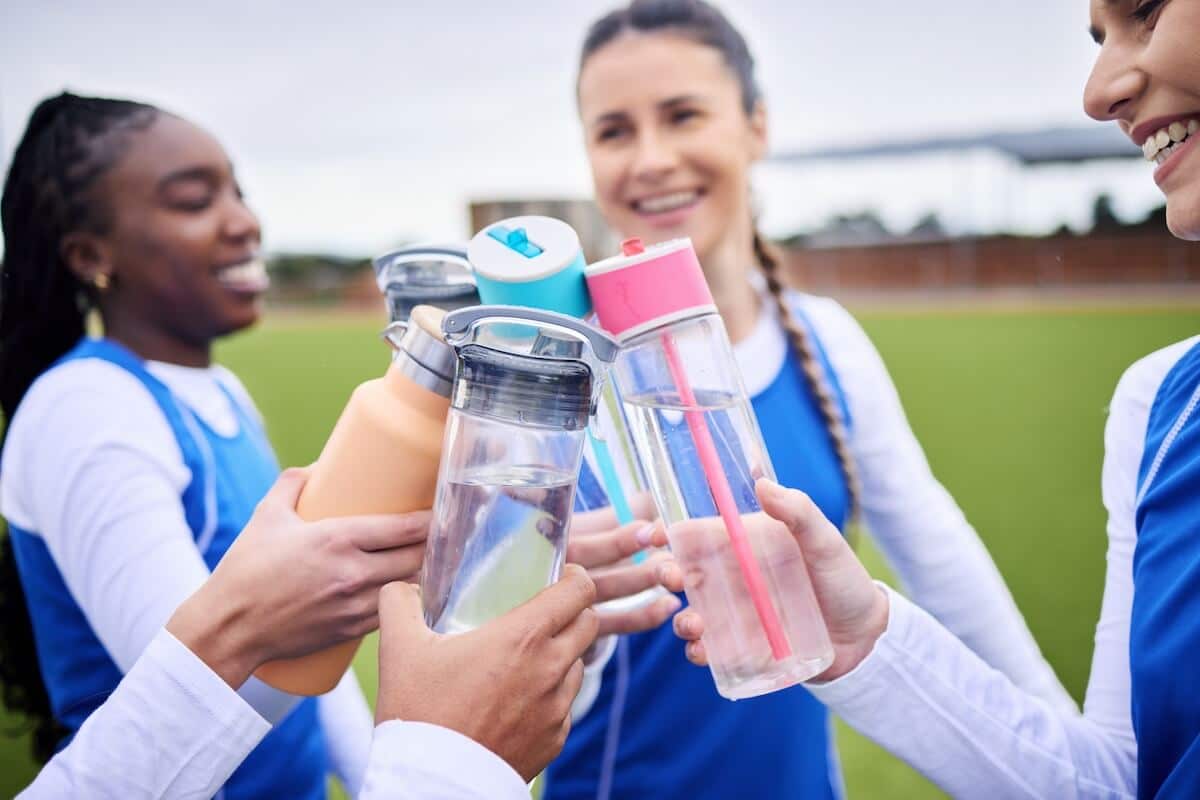Engaging the PNS and the Vagus Nerve

By Rebecca Jaspan MPH, RD, CDN, CDCES and Laura Cipullo, RD, CDCES, CEDRD-S, RYT
If you are going through eating disorder treatment or are in recovery, you are likely familiar with the typical treatment team. A multidisciplinary team approach is the most common form of treatment and it is essential that a medical doctor, therapist, dietitian, and psychiatrist who specialize in eating disorders work together. Given the complexity of eating disorders, we need to be open-minded and creative when it comes to our interventions to help when you are feeling stuck in your journey. Alternative forms of treatment may complement your medical, nutrition and psychological care plan to help you get unstuck and then move you further along in your recovery process. This means the multidisciplinary team may include other practitioners or your current team but using new neuroplastic strategies and or modalities that help to engage the parasympathetic nervous system (PNS).
People who experience trauma can get stuck in fight, flight, or freeze and using adjunct modalities may help someone move out of this chronic state of stress, regulated by the sympathetic nervous system. When someone is in “fight or flight,” they experience a higher heart rate and higher blood pressure, constricted blood vessels, and sweating. When your eating disorder mind is very active, you are likely this panicked state which leads the brain to processes food and meals as “harmful”. Sitting down to a meal or snack can be experienced a mini traumatic event, which can lead to poor digestions such as bloating, gas, constipation and or diarrhea.
One idea to help change your mealtime experience is to engage the autonomic nervous system specifically known as the parasympathetic nervous system (PNS). Engaging the PNS may help you to experience food and mealtimes in a more neutral and less traumatic way. The parasympathetic nervous system engages “rest and digest” which can help the mind, brain and body to process things more clearly by decreasing your stress hormone production and increasing your calming hormone production. Hence, engaging the parasympathetic nervous system can be extremely advantageous, allowing your mind, brain and body to process the eating experience differently. Eating in a state of calm versus panic feels very different and creates the opportunity for new sensations, thoughts and even neuropathways. The key player responsible for the calming effect of the parasympathetic nervous system is known as the vagus nerve; the tenth cranial nerve that begins in the brain and influences nerves all throughout the body2. Polyvagal theory, developed by Stephen Porges, gives us more insight into how the vagus nerve works and why it is such an important player in our eating experiences.
Polyvagal theory explains that the vagus nerve is thought to have two branches that play different roles in the nervous system. The front side of the vagus nerve supports feelings of physical safety and promotes emotional connection to others. The back side of the vagus nerve responds to cues of danger, pulling us out of connection, awareness, and into a state of self-protection3. When the back of the vagus nerve is activated, you may experience yourself in the “hyper or hypoarousal zone”. “Hyperarousal zone” may look like defensiveness, racing thoughts, and emotional overwhelm. “Hypoarousal zone” may feel numbing, disconnected, and ashamed. You may be activating the back of your vagus nerve when you sit down to a meal with feelings of fear and anxiety. You can engage the parasympathetic nervous system by activating the front side of the vagus nerve through deep breathing, meditation, and other techniques to access what is called the “optimal zone of arousal”. You will know you are in the “optimal zone” when you feel grounded in your body, are aware in the present moment, and can tolerate your feelings. When you sit down to a meal, and activate the PNS through breathwork, you will now have the opportunity to process the food and meal in a more neutral and curious way. Additionally, your body will likely digest your meal more effectively so you will likely experience less gas, constipation and/or bloating. A few breathing exercise you can try to help create this new eating experience and activate new neuropathways around meal behaviors include: ujjayi breathing, four square breathing, and alternative nostril breathing.
If you feel you stuck in your recovery process, know there are many options to create new neuropathways and engage your PNS. Your dietitian at LCWNS will be more than happy to teach you the above breathing exercises or a body scan. At Laura Cipullo Whole Nutrition, we take a holistic approach to address your mind, body, and spirit. “Leaning in” a little more may just make recovery a tad bit easier. Keep reading learn about ways to get unstuck in Part 3 Reiki and Acupuncture of this blog series Neuroplasticity, The Parasympathetic Nervous System and Eating Disorder Recovery.
References:
- Tindle J, Tadi P. Neuroanatomy, Parasympathetic Nervous System. [Updated 2020 Nov 15]. In: StatPearls [Internet]. Treasure Island (FL): StatPearls Publishing; 2021 Jan-. Available from: https://www.ncbi.nlm.nih.gov/books/NBK553141/
- Breit S, Kupferberg A, Rogler G, Hasler G. Vagus Nerve as Modulator of the Brain-Gut Axis in Psychiatric and Inflammatory Disorders. Front Psychiatry. 2018;9:44. Published 2018 Mar 13. doi:10.3389/fpsyt.2018.00044
- Porges SW. The polyvagal theory: new insights into adaptive reactions of the autonomic nervous system. Cleve Clin J Med. 2009;76 Suppl 2(Suppl 2):S86-S90. doi:10.3949/ccjm.76.s2.17
- Fogarty S, Smith CA, Hay P. The role of complementary and alternative medicine in the treatment of eating disorders: A systematic review. Eat Behav. 2016;21:179-188. doi:https://doi.org/10.1016/j.eatbeh.2016.03.002







